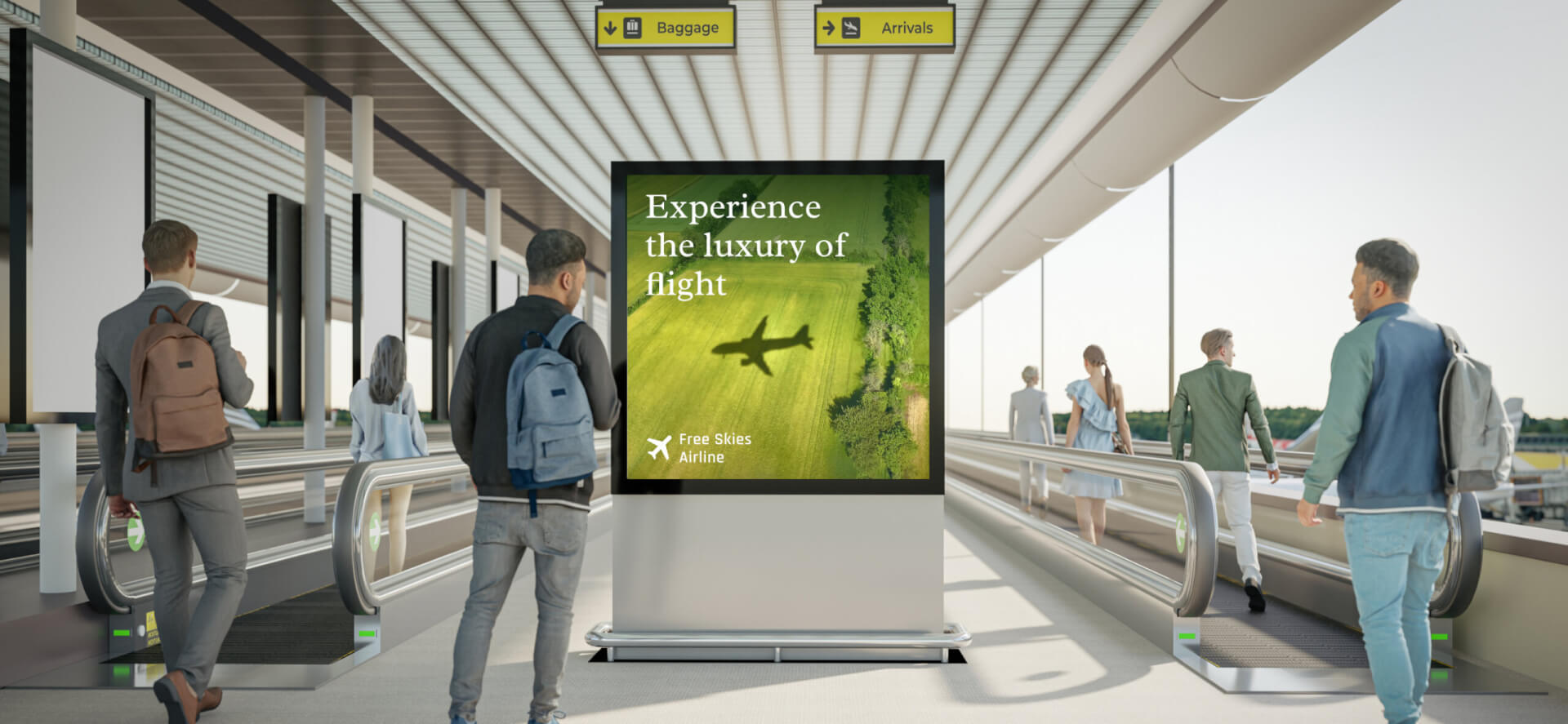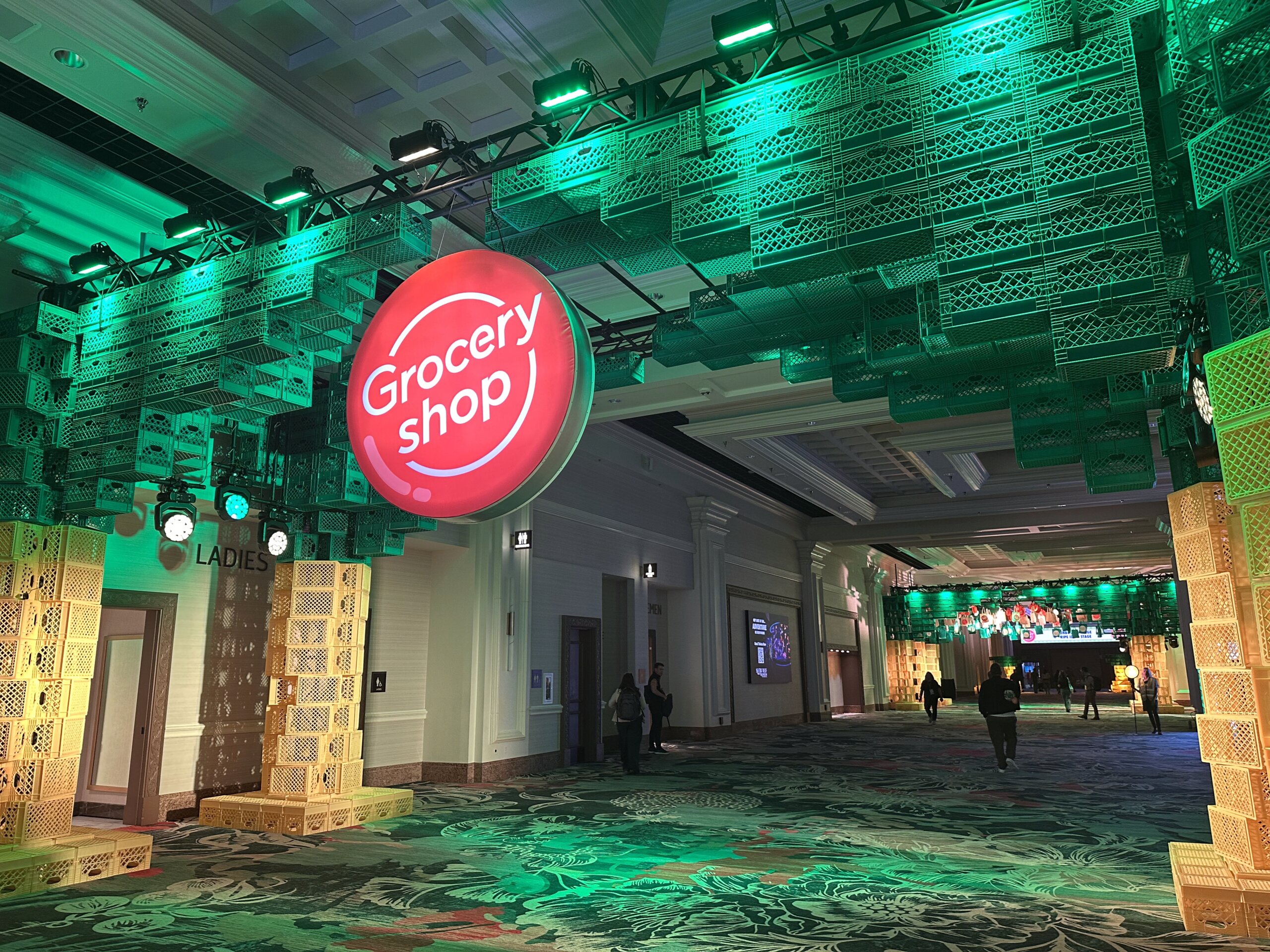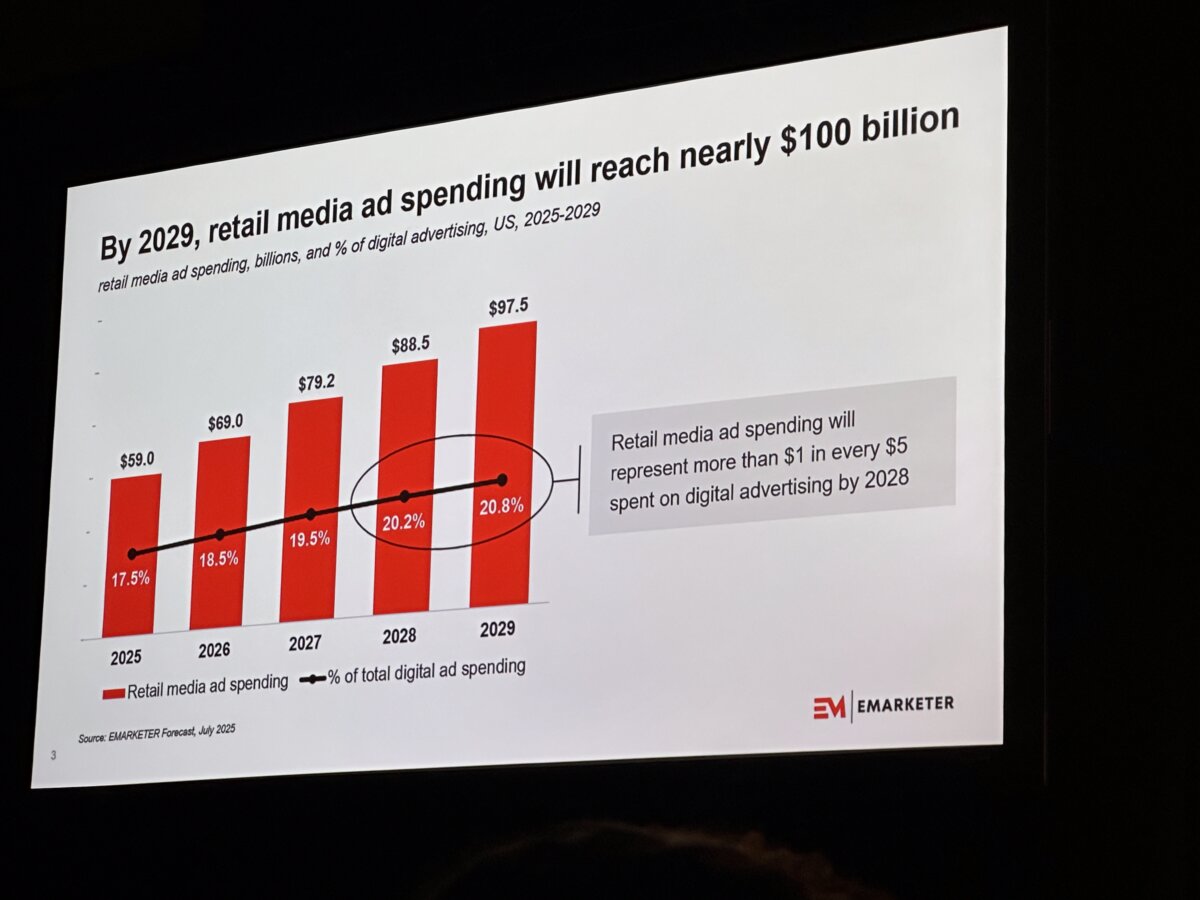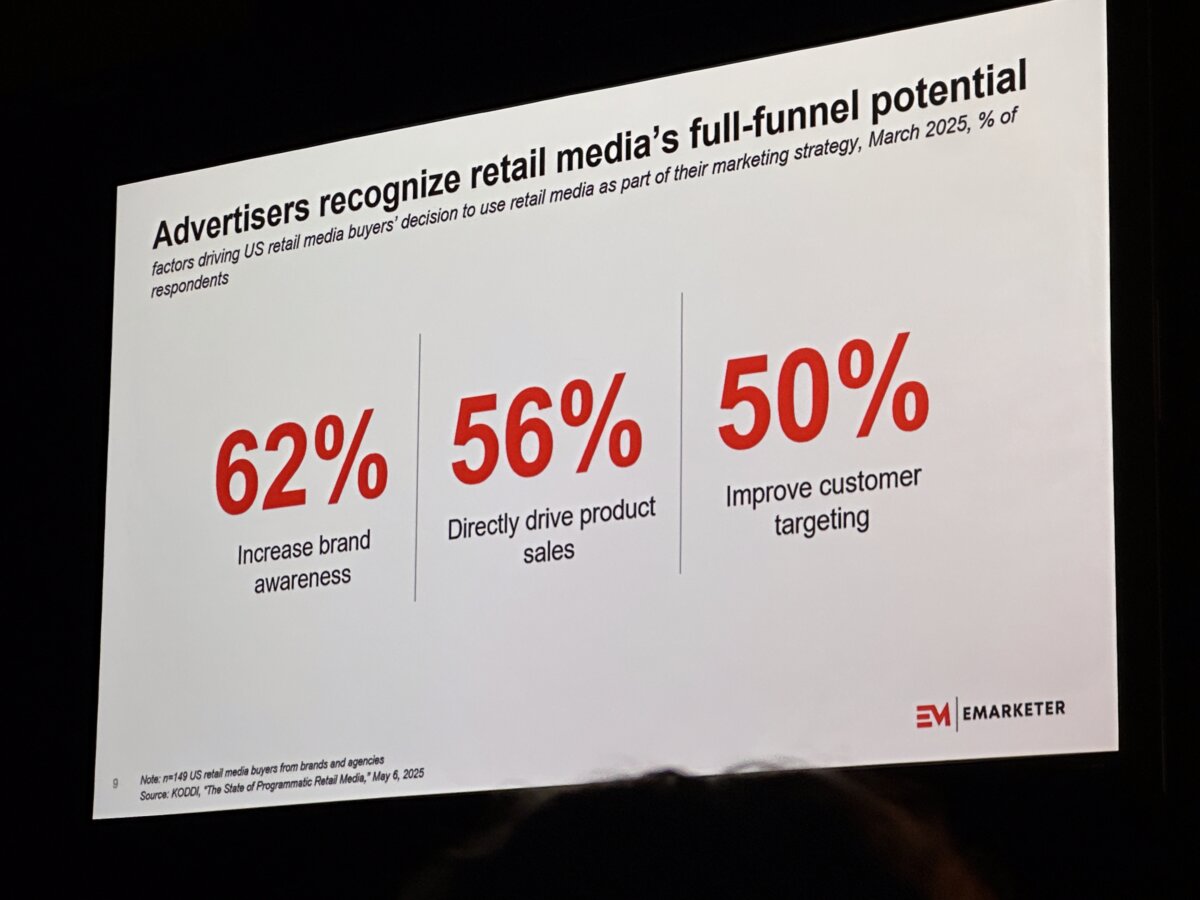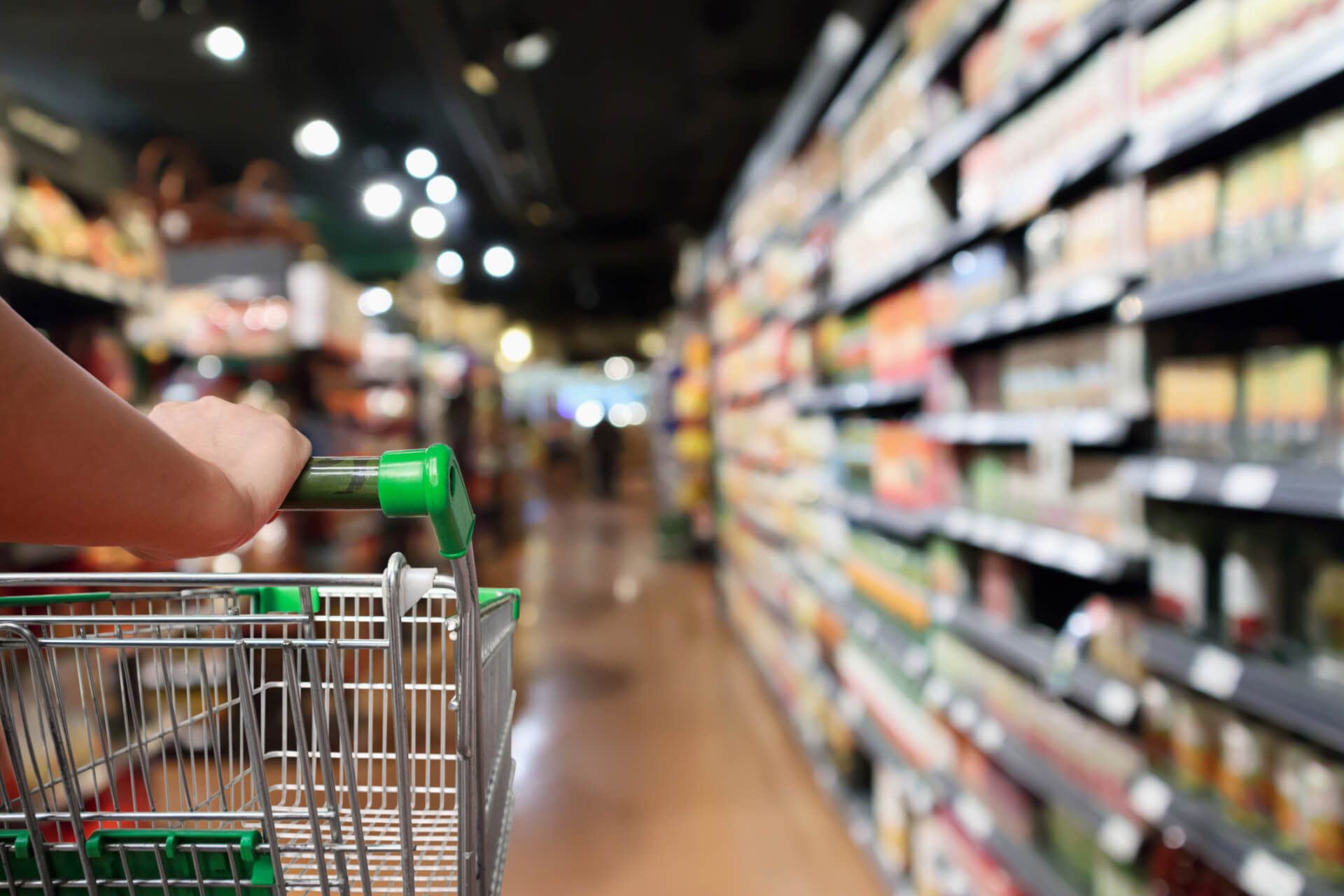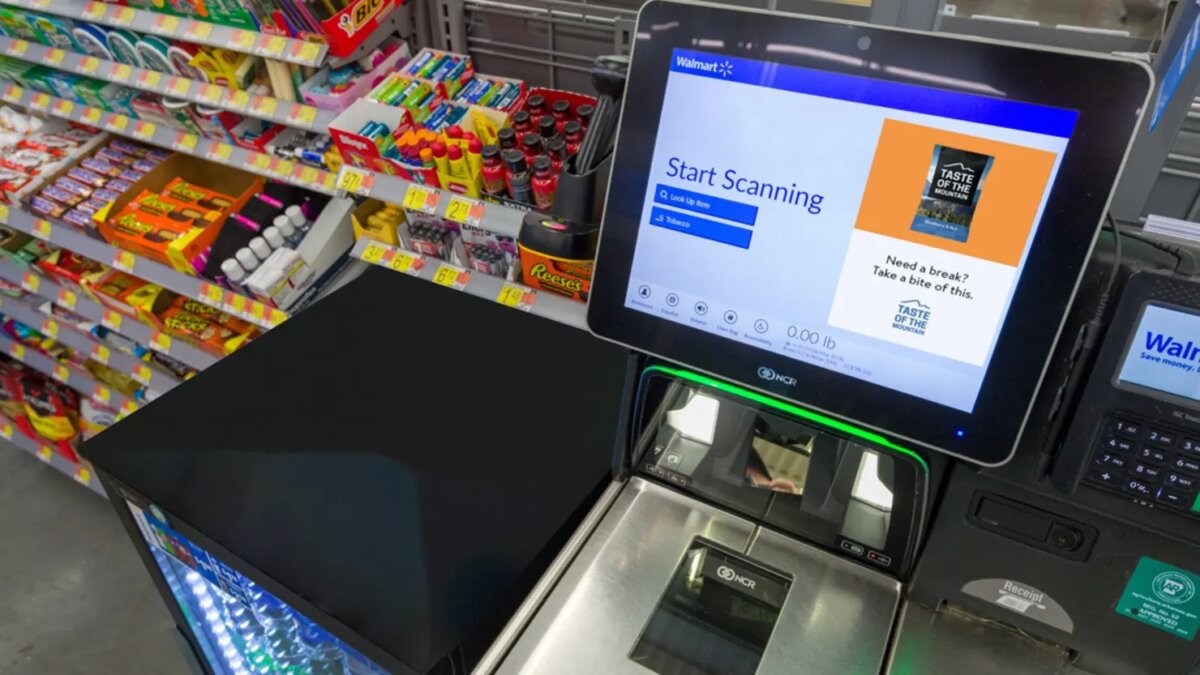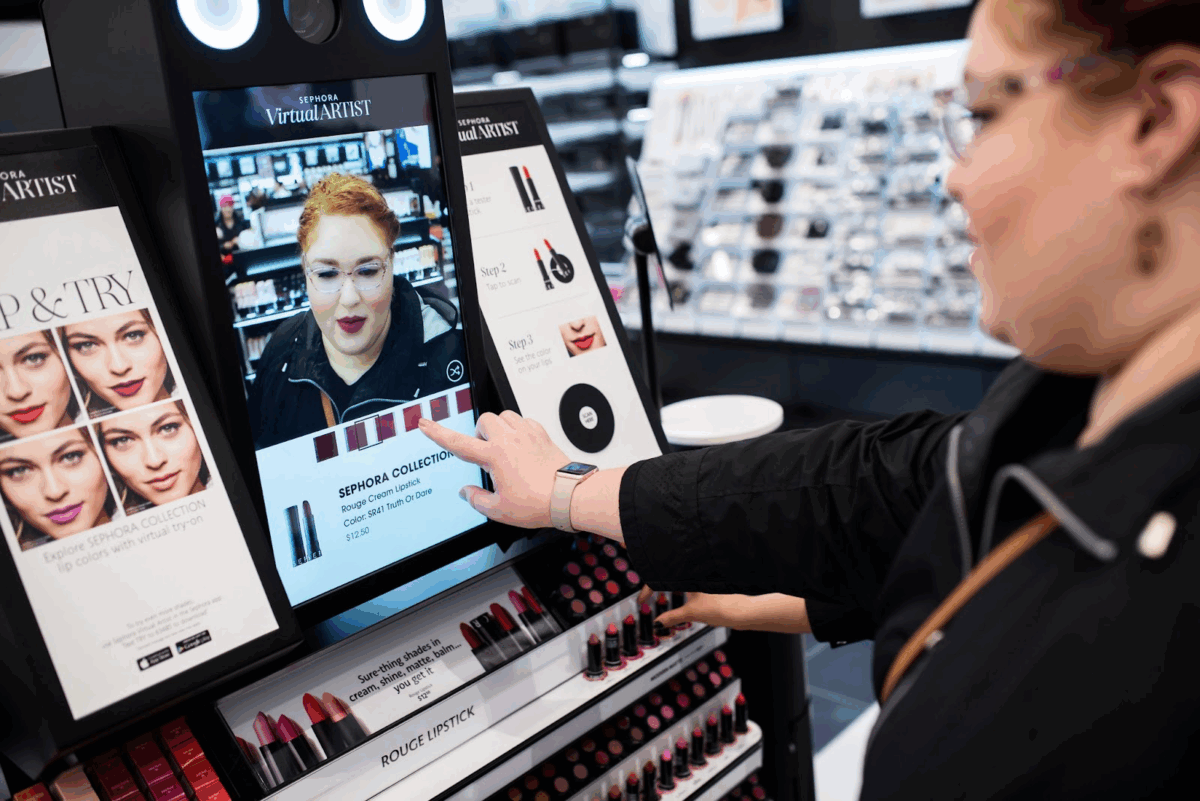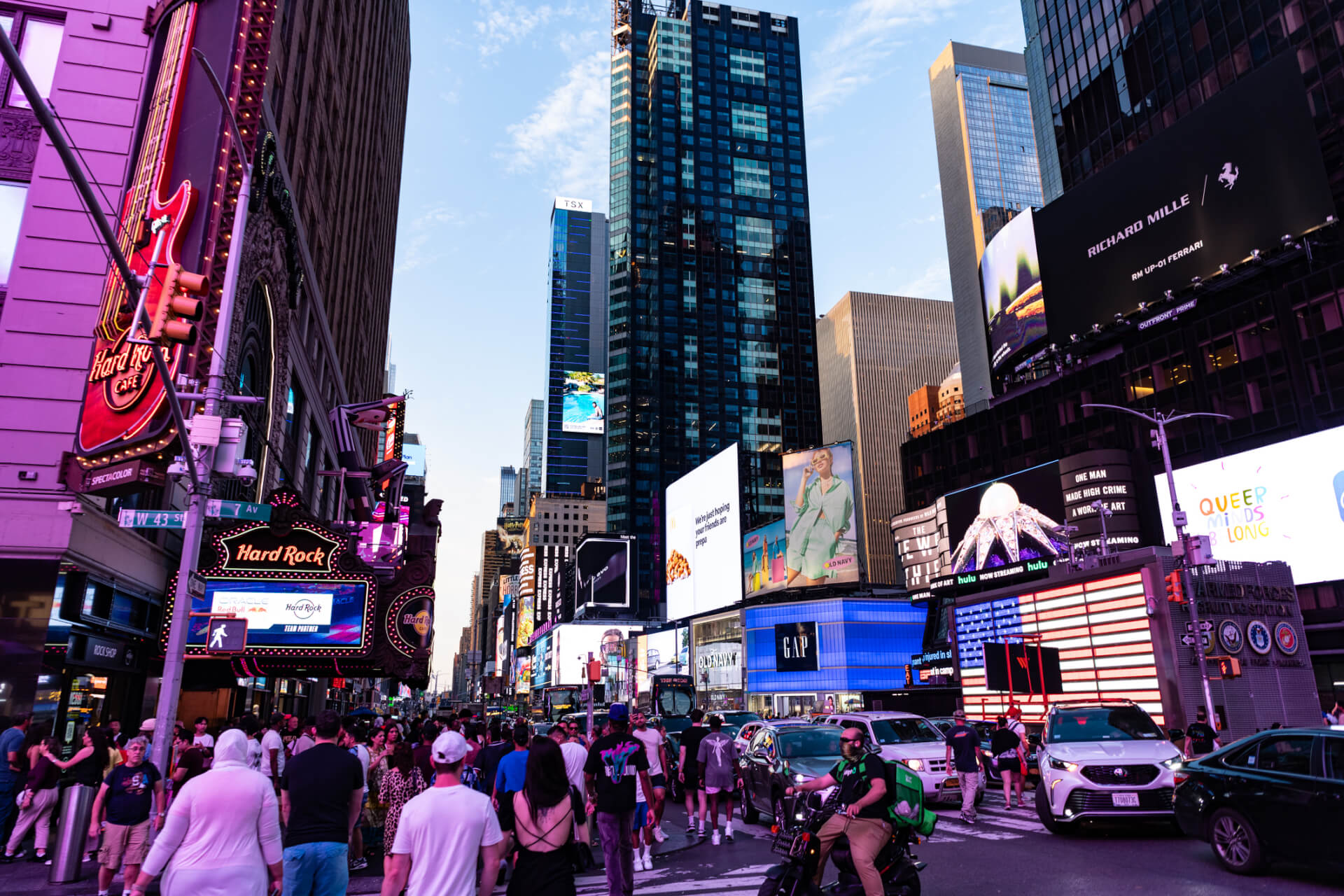| October 11, 2021
Digital out-of-home strategies for travel and tourism marketing
Travel demand continues to grow, with air passenger volumes and hotel revenue per available room now exceeding 2019 levels. Despite broader economic uncertainty, spending on travel is projected to rise by 7% annually over the next decade, and 76% of travellers say they plan to spend the same or more on trips in 2025.
To seize the moment, travel and tourism brands need to get creative in how they connect with today’s travellers. Personalization and customized experiences are key, and that’s where digital out-of-home (DOOH) advertising truly shines.
Why travel and tourism marketers are investing in digital OOH
In an era where digital fatigue and ad blindness plague many channels, DOOH offers unique advantages for travel campaigns:
- Content that can’t be skipped: Unlike digital ads that can be easily bypassed, the medium commands attention in the physical world
- Cost-effective reach: With CPMs ranging from $2-$9 USD, OOH delivers mass reach at a fraction of digital costs (Solomon Partners and WOO)
- Action-oriented: 76% of consumers took action after seeing a DOOH ad
As travel surges, DOOH advertising has emerged as one of the most effective ways to reach travellers at the right moment. This isn’t just theory—Broadsign data reveals travel’s share of DOOH ad spend has increased dramatically from 3.8% in 2023 to 5.7% in 2024, reaching 8% in early 2025, making it the top-performing OOH vertical this year.
Major brands recognize this value—Hotels.com, Expedia, and VRBO ranked among the top OOH advertisers in 2024, leveraging the channel to capture attention as travel demand surged.
Boost impact with strategic ad placement
The most effective DOOH strategy begins with understanding the traveller’s physical journey and identifying high-value touchpoints:
1. Tap into captive audiences at travel hubs
Airports and travel terminals offer the perfect advertising environment:
- Extended dwell time: Travellers have limited distractions and higher attention spans
- Premium demographics: Airport audiences contain significantly higher proportions of high-earners
- Purchase mindset: Travellers are actively making decisions about their experiences
- Brand elevation: 63% of consumers associate airport ads with high-quality brands
- Action-oriented: 77% of viewers take action after exposure to airport advertising
Pro tip: Maximize exposure by placing your ads in high-traffic areas within terminals where travellers naturally look for information—near gates, security checkpoints, and baggage claim areas.
2. Capture audience attention along the open road
Airport ads aren’t the only way to capture attention. With domestic travel on the rise, 2025 is shaping up to be the year of the road trip. The U.S. Travel Association is projecting a 3.9% growth in domestic leisure travel for 2025, which equates to over $1 trillion in spending.
Memorial Day travel, for example, is expected to reach a 20-year high, with 45.1 million Americans planning to travel at least 50 miles from home—87% of them by car.
With so many travellers hitting the road, it’s a prime opportunity to use OOH to get their attention and prompt them to take action. According to the OAAA, 51% of people who saw directional digital OOH (DOOH) ads later visited the business, and 93% of them made a purchase.
Here’s how you can make the most of their journey:
- Billboards along key routes: Target major highways leading to popular destinations
- Rest stops: Even the toughest road warriors need to recharge and refuel. Service stations and rest stops are the perfect opportunity to make your mark
Pro tip: Map your OOH placements to match travel patterns during peak seasons, focusing on routes with the highest tourism traffic. Consider high-traffic intersections where pedestrians are likely to be crossing and cars are forced to come to a stop.
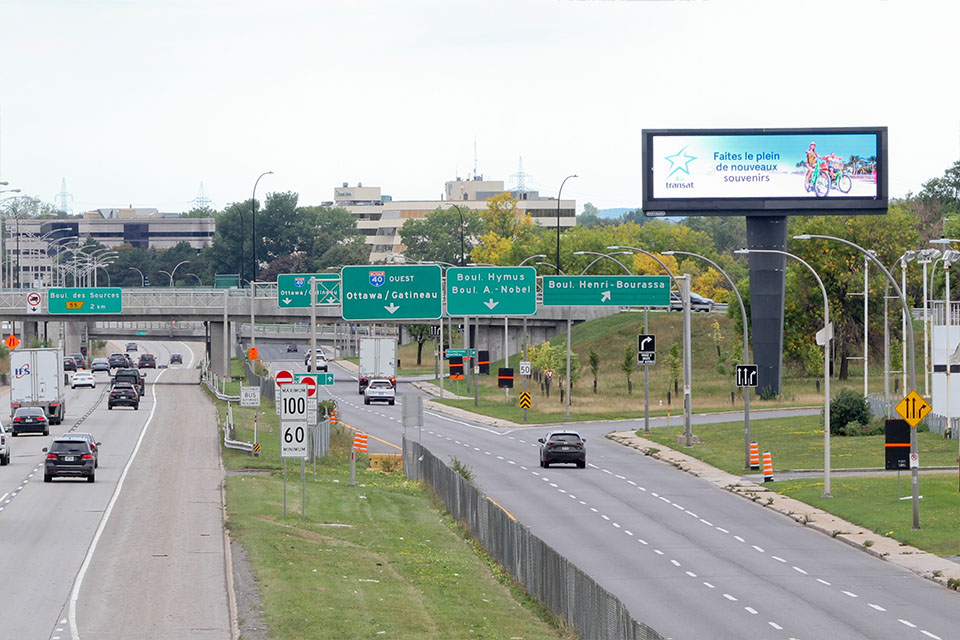
3. Engage travellers at holiday hotspots
Once travellers arrive, strategically placed OOH ads continue to inform their experience:
- Tourist attractions: Promote complementary experiences near major sites
- Hotel lobbies and elevators: Guide guests toward local experiences
- Shopping areas: Influence purchase decisions at retail locations
Segment by travel persona
To maximize impact, travel and tourism campaigns should align messaging and placements with the needs of specific audience segments. Here are a few high-value traveller profiles and where DOOH can most effectively reach them.
Business travellers and frequent flyers
- Demographic profile: Predominantly 25-54 years old with average household income of $75k+
- Behavioural insight: Often dining out with clients and partners, often on the road
- DOOH placement: Airports, office buildings, transit hubs, lounges
- Message focus: Convenience, airline and loyalty rewards, productivity amenities
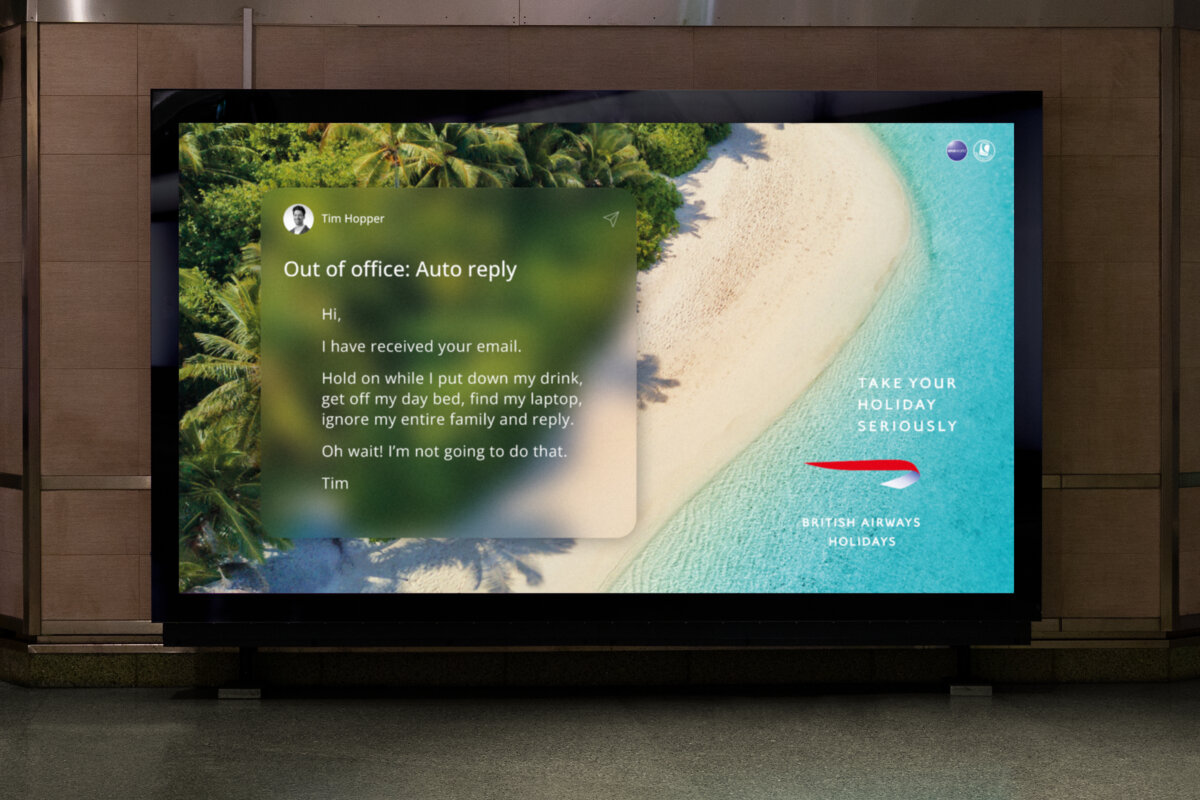
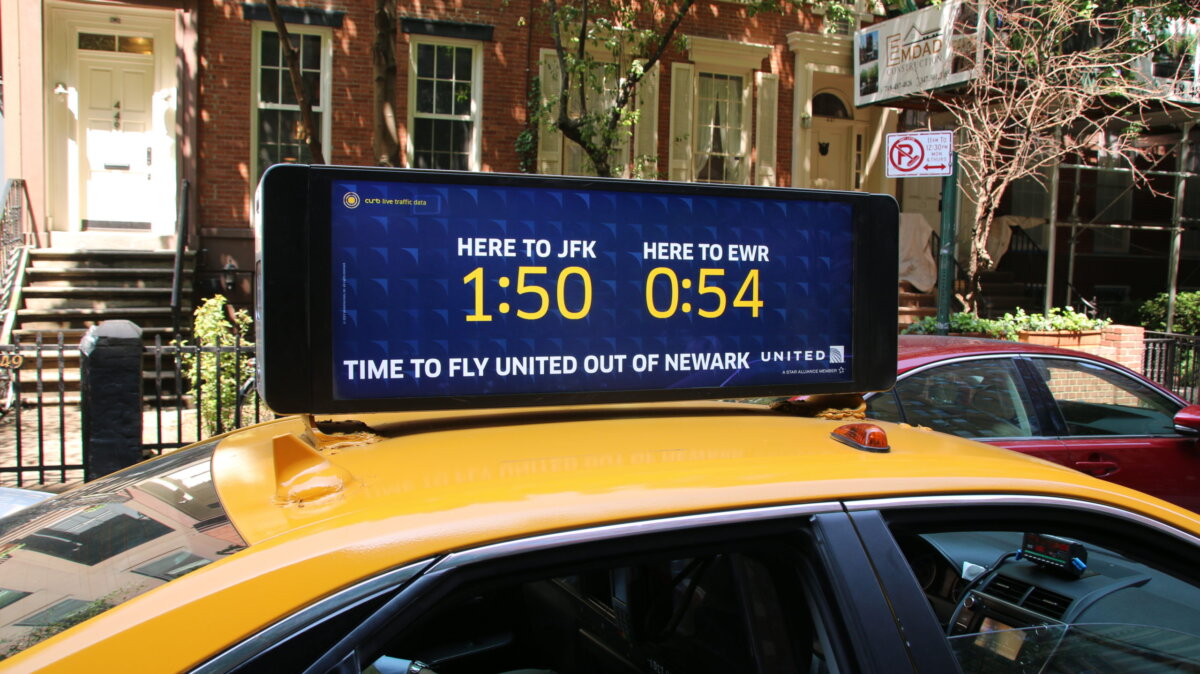
Family vacationers
- Demographic profile: Diverse age range with household incomes typically $60k+
- Behavioural insight: Working professionals seeking escape from routine
- DOOH placement: Malls, entertainment complexes, quick-service restaurants
- Message focus: Value, experiences for all ages, convenience
Leisure travellers
- Demographic profile: Predominantly 25-54 years old, varied income levels
- Behavioural insight: Cost-conscious and experience-focused
- DOOH placement: Gyms, universities, casual dining, bars
- Message focus: Unique experiences, authenticity, memory-making
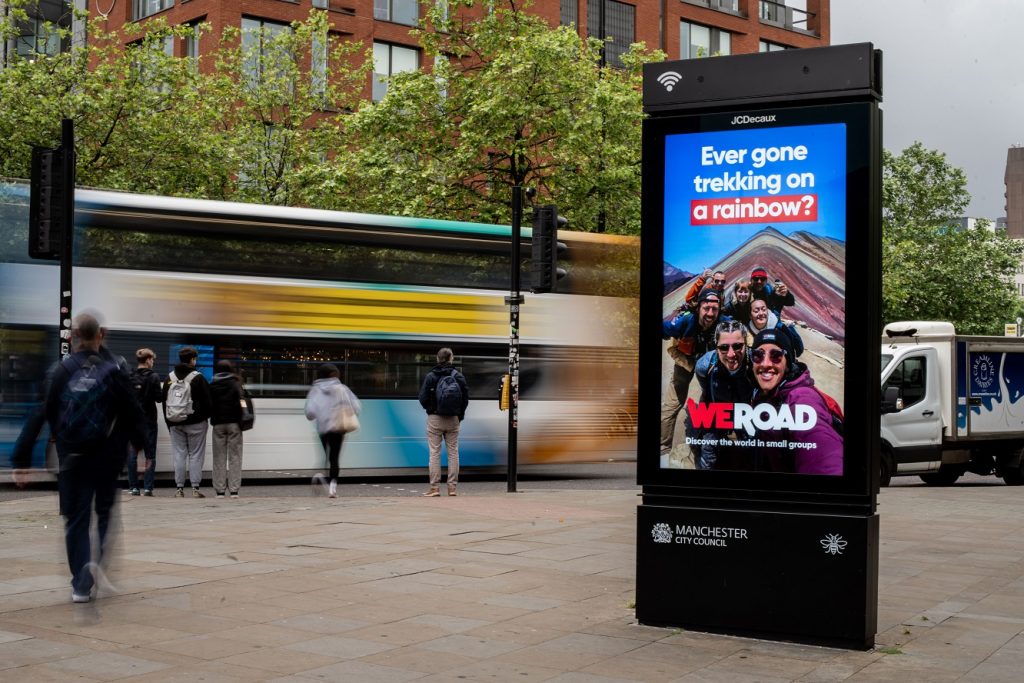
Drive contextual relevance
Timing and relevance are critical in travel advertising, and DOOH offers powerful tools for both. Strategic timing is one of the most underleveraged aspects of travel campaigns, even though planning behaviours follow predictable patterns:
- Early planning phase: Many consumers begin researching destinations 2–3 months in advance
- Booking windows: Peak booking periods often align with post-holiday seasons and tax refund cycles
- Seasonal inflection points: School breaks, long weekends, and major events create natural surges in travel interest
At the same time, the shift to digital out-of-home (DOOH) and programmatic buying has opened the door to smarter, more responsive targeting strategies:
- Real-time targeting: Adapt messaging based on factors like weather, flight delays, and local events
- Dynamic content: Swap creative assets by time of day, audience composition, or commute patterns
- Location-specific messaging: Deliver tailored creative across airports, transit hubs, and destination points
Together, these capabilities help brands engage travellers at precisely the right moment, with messages that match their intent, environment, and journey stage.
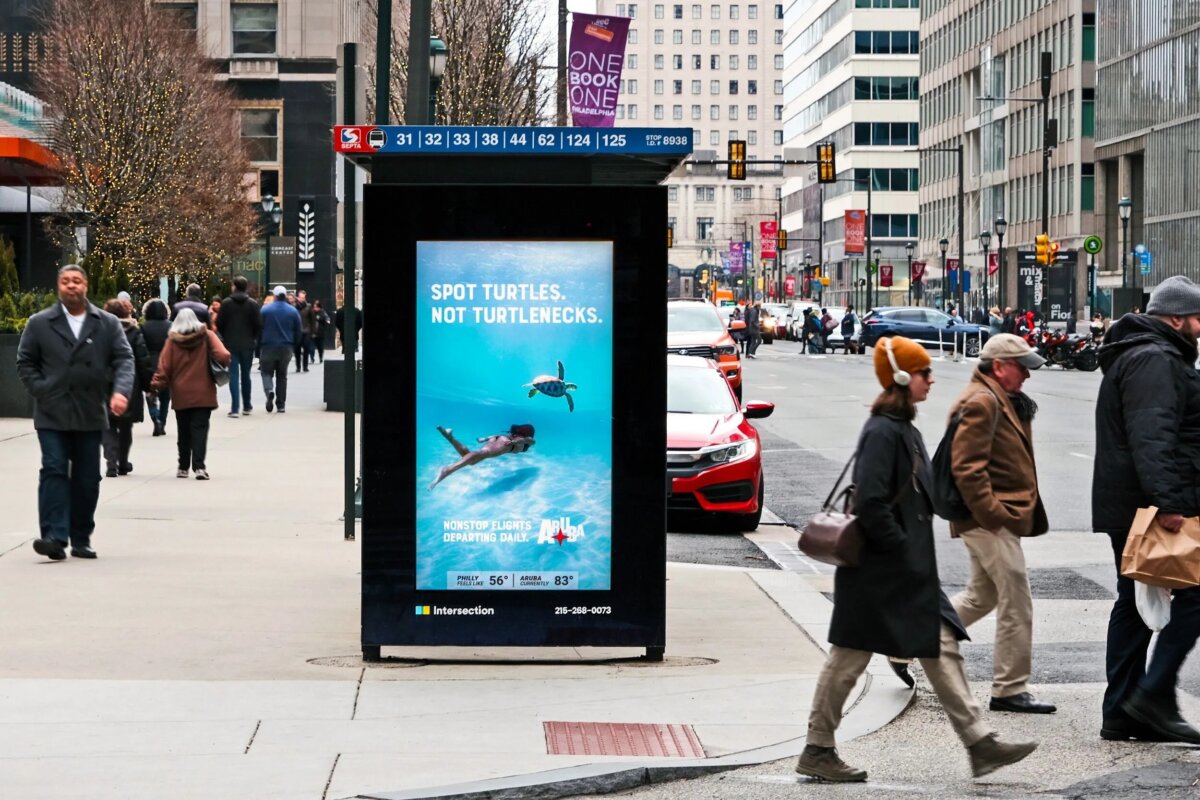
Understand the ROI of digital OOH campaigns
With DOOH advertising, travel marketers can move beyond standard metrics to track key actions like flight bookings, hotel reservations, and app downloads, offering a clearer view of how OOH influences the travel journey from planning to purchase. Attribution helps connect these insights to broader media performance, revealing how OOH works with other channels to drive conversions, foot traffic, and brand impact.
Modern OOH in the travel sector comes equipped with powerful tools, like:
- Mobile location data: Track how travellers engage with OOH ads and follow their movements to your destination or website.
- Sales lift studies: Measure the increase in revenue driven by targeted OOH campaigns.
- Brand lift studies: Gauge the impact of OOH ads on travellers’ decision-making process and recall of your travel brand or destination.
For example, a hotel chain aiming to drive bookings during peak travel season might set KPIs such as increased website traffic and higher booking conversion rates and implement attribution methods like foot traffic analysis and web/app lift to measure the impact of the OOH campaign.
By connecting with travellers at the right moment with the right message, advertisers can transform OOH from a simple awareness channel into a powerful driver of consideration and conversion.
